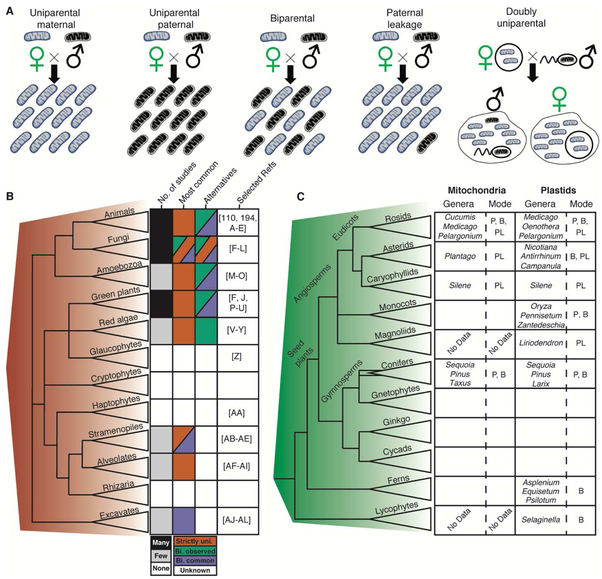Fig 2. Variation in mitochondrial inheritance.
(A) Representations of different modes of mitochondrial inheritance, including the doubly uniparental inheritance system in some bivalve molluscs [194, 195]. (B) Summary of studies of mitochondrial inheritance in major eukaryotic groups. (Left) Phylogenetic relationships of major eukaryotic clades as summarized by [1] and [196]. (Right) Grid of four columns (1-4, left to right) displaying information about our knowledge of mitochondrial inheritance in each group. (Col. 1) The number of studies pertaining to mitochondrial inheritance in each group. Few: 1-10 studies; Many: >> 10 studies. (Col. 2) The most common pattern of inheritance in each group based on current literature. Multiple colors per box indicate uncertainty about which pattern is most common. (Col. 3) Alternative patterns observed in the group. Strictly Uni.: Inheritance was found to be strictly uniparental and maternal; Bi. observed: Rare (<1% of individuals) cases of biparental inheritance were observed; Bi. common: biparental inheritance was observed in >1% of individuals. (Col. 4) A non-exhaustive list of references for mitochondrial inheritance in each group. (C) Non-maternal organelle inheritance in vascular plants. (Left) Phylogenetic relationships of major vascular plant clades as summarized by [197]. The double line for conifers represents possible non-monophyly [198]. (Right) Cases of mitochondria and plastid inheritance that depart from strictly maternal transmission including selected examples of genera in which these observations were made. Blank boxes indicate strict maternal inheritance. “No Data” indicates groups in which plastid/mitochondrial transmission in unknown. Modes of inheritance are abbreviated: P, paternal; PL, paternal leakage (similar to Bi. observed in panel B); B, biparental. References used to populate (C) include [27, 97, 117, 197-198, 217, 237-246].

